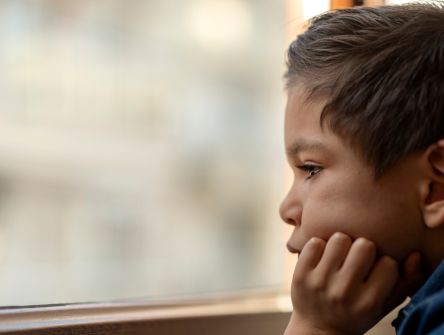Getting early learning and childcare right
CBA Sections make further recommendations to improve Bill C-35.

The Aboriginal Law, Equality Subcommittee and Family Law sections of the Canadian Bar Association applaud the government’s vision for a countrywide learning and child care system as outlined in Bill C-35, the Canada Early Learning and Child Care Act. In a letter to the Senate Standing Committee on Social Affairs, Science and Technology, the Sections reiterate many of the points made in a similar letter to the House of Commons Standing Committee on Human Resources, Skills and Social Development and the Status of Persons with Disabilities, and make further recommendations on how to improve the Bill.
In addition to repeating requests to clarify certain definitions such as “Two-Eyed Seeing” principles and “Indigenous peoples,” the more recent letter recommends this paragraph be added to the preamble, in keeping with the government’s commitment to reconciliation:
“Whereas Two-Eyed Seeing, Etuaptmumk, aims to bring together different ways of knowing to motivate people, Indigenous peoples and non-Indigenous people alike, to use all our understandings so we may leave the world a better place and not compromise the opportunities for our children through our inactions.”
The CBA Sections also recommend that the proposed legislation specifically include Indigenous people who live in urban areas who may live with less community support than Indigenous people who live in a reserve environment.
The proposed legislation contains four guiding principles that are in line with Call to Action 12 of the Truth and Reconciliation Commission of Canada (for governments to develop culturally appropriate early childhood programs for Indigenous families). The CBA letter suggests adding a fifth guiding principle stating that “Indigenous Peoples will be empowered to lead and inform the development of culturally appropriate early learning and child care materials,” based on the “nothing about us without us” principle. As well, the text of the Act should include child care providers who may not be Indigenous.
And finally, the Sections recommend amending s. 8 of the bill, on funding commitments, “to be inclusive of non-Indigenous entities and the wider definition of Indigenous Peoples who have been displaced or have chosen not to reside on their ancestral homelands.”


